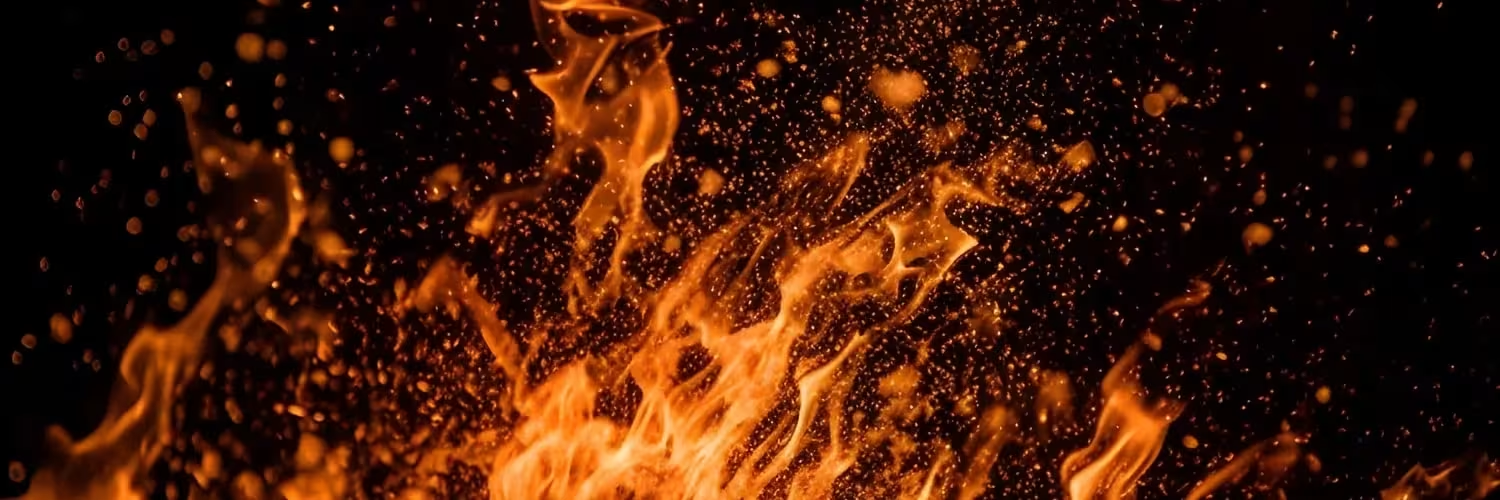FInd concrete contractors near you.
Are you a contractor? Get listed in our directory for free. Get started
Have you ever wondered why your furry friend seems to prefer pooping on concrete surfaces instead of the lush, grassy areas you've meticulously maintained? It's a common issue faced by many dog owners, and one that can leave you scratching your head (and potentially cleaning up some unsightly messes).
Understanding your dog's behavior is key to maintaining a harmonious relationship and a clean living environment. By exploring the potential reasons behind this peculiar preference, you can gain valuable insights into your canine companion's needs and tendencies.
In this blog post, we'll delve into the various factors that might influence your dog's decision to poop on concrete, and provide tips on how to address this behavior effectively.
Factors Influencing Dog's Preference
There are several potential reasons why your dog may favor concrete surfaces over grass when it comes to answering nature's call. These can include:
- Texture Preference
- Cleanliness
- Training or Habit
- Scent Marking
- Physical Comfort
- Behavioral Issues
Texture Preference
Dogs are highly sensitive to textures, and their preference for certain surfaces can play a significant role in their bathroom habits. Some dogs simply find the smooth, cool texture of concrete more appealing than the rougher, uneven texture of grass.
For example, dogs with sensitive paws or those prone to matting may prefer the clean, even surface of concrete, as it's gentler on their paws and doesn't collect debris or burrs as easily as grass.
To address texture preferences, you can try providing your dog with designated potty areas featuring different surfaces, such as pea gravel or artificial grass, to see if they prefer an alternative to concrete or grass.
Cleanliness
Dogs have a strong instinct for cleanliness when it comes to their bathroom habits. They often prefer to drop a smelly one on surfaces that they perceive as cleaner or more hygienic (ironic, isn’t it?).
Concrete surfaces may appear cleaner and more appealing to your dog than grass, which can harbor insects, debris, and other organic matter.
To maintain cleanliness in outdoor spaces, regularly cleaning and removing any waste from grassy areas can help encourage your dog to use these designated potty spots.
Training or Habit
Early training and past experiences can significantly influence a dog's bathroom habits. If your dog was initially trained to go potty on concrete surfaces, it may have developed a strong preference or habit for this behavior.
Past negative experiences, such as being scolded for going potty on grass or encountering unpleasant smells or textures in grassy areas, can also reinforce a dog's aversion to using these surfaces.
Consistent, positive reinforcement training can help retrain your dog to use designated grass areas for their bathroom needs.
Scent Marking
Dogs have a strong instinct to mark their territory through scent, and concrete surfaces may provide a more effective way for them to leave their scent behind.
Grass can absorb and dissipate scents more quickly, while concrete surfaces tend to hold onto scents for longer, making them a more appealing option for scent marking.
Managing scent marking behavior through proper training, providing designated potty areas, and using enzymatic cleaners to neutralize odors can help discourage this behavior on unwanted surfaces.
Physical Comfort
Dogs, like humans, have unique preferences and physical needs that can influence their comfort levels on different surfaces.
Factors such as age, size, joint health, and coat type may make concrete surfaces more comfortable or accessible for your dog than grass.
Providing soft, cushioned areas or raised potty pads can accommodate physical comfort preferences while still encouraging your dog to use designated grass areas.
Behavioral Issues
In some cases, a dog's preference for pooping on concrete may be indicative of underlying behavioral issues, such as anxiety, territorial marking, or lack of proper house training.
Signs to watch for include sudden changes in bathroom habits, excessive marking behavior, or reluctance to use designated potty areas.
If you suspect a behavioral issue, seeking guidance from a professional dog trainer or consulting with your veterinarian can help identify and address the root cause through appropriate training or medical intervention.
Conclusion
Understanding why your dog poops on concrete instead of grass can be a complex puzzle, influenced by a variety of factors ranging from texture preferences to behavioral issues.
By being aware of your dog's unique needs, tendencies, and behaviors, you can better accommodate their preferences while also encouraging desired bathroom habits through positive reinforcement, proper training, and providing suitable potty areas.
Exploring and learning about your dog's behavior is an ongoing journey, and one that can deepen the bond between you and your furry companion while maintaining a clean and harmonious living environment.
-min.avif)
-min.avif)


-min.avif)
-min.avif)
-min.avif)